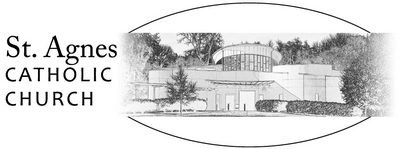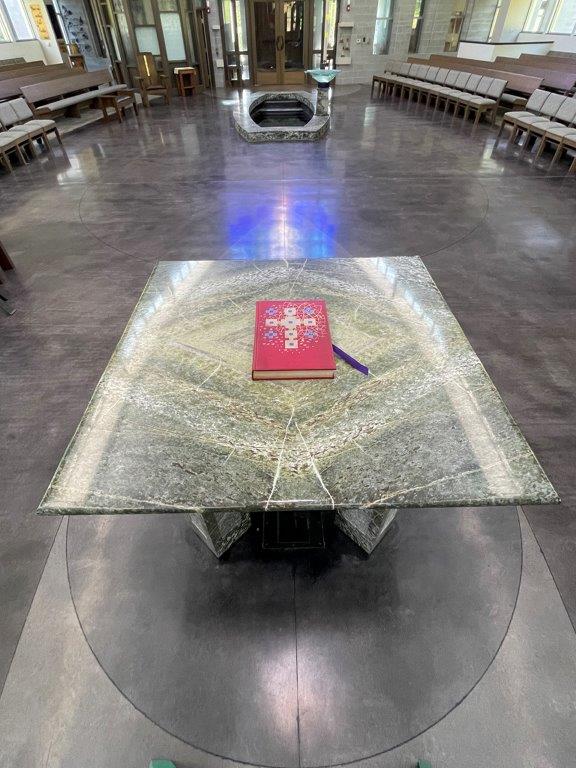Catholic Corner
July 11, 2021
Metanoia is the Greek word for turning. It is the word used by the early Church to describe what happens when, having heard the word of God proclaimed, people turned their lives around, come to faith in Jesus and are baptized. Hearing the Word was understood to lead to the font and then onward to the table. But metanoia, or the process of conversion has always been understood as a lifelong journey. It doesn’t end when one is baptized but rather continues daily as we encounter the Word in our lives and on Sunday where we partake of the liturgy of the Word before celebrating the liturgy of the Eucharist. The Table of the Word continues our lifelong journey of conversion, constantly turning us towards the Table of the Lord.
The Table of the Word is the ambo, the lectern or the reading desk upon which the lectionary and the Gospel book are placed for the proclamation of the Word. The document Built of Living Stones, which guided the community’s decisions in forming the space, notes that “(h)ere the Christian community encounters the living Lord in the word of God and prepares itself for the “breaking of the bread” and the mission to live the word that will be proclaimed.”
In the original design of the Church, the worship space was much larger, and the Nave extended into what is today the vestibule. The current main doors are where the original doors into the worship space would have been and in the center of what is today the vestibule was the original site of the ambo. In this arrangement the relationship of Word to font and then to altar would have been linearly marked in the space. This value is still maintained during the Easter Season by placing the ambo near the font thus emphasizing the relationship between Word, conversion and waters of new life. For the other Seasons of the Liturgical Year the ambo is placed closer to the altar emphasizing the relationship between Table of the Word and Table of the Lord directly and the ongoing conversion process in the lives of the baptized.
Like the altar, the ambo has a mensa or tabletop. The mensa of the ambo is prominent and its size and design lends it dignity and draws attention to the importance of the action that occurs at this site. The top and bottom of the mensa have carved scroll details reflecting the ancient scrolls that would have been read by early Christian communities.
The Book of the Gospels
The most prominent book present in the liturgical space is the Book of the Gospels. It symbolizes the presence of Christ and as such has two appropriate resting places, the altar and the ambo. When it is carried in procession at the beginning of the liturgy it is placed on the altar where it rests until it is processed to the ambo from where it is proclaimed and then seated. The Book of the Gospels used by the community of St. Agnes is the St. John’s Bible edition and is a copy of the handwritten, hand-illuminated Benedictine Bible from St. John’s Collegeville MN. Its size and illustrations emphasize the prominence and importance of the Word in the liturgy and the life of the community.
Finally, the dynamic of the living Word in our midst is evidenced by the relationship between the reader and the assembly. In this engagement the reader proclaims the Word which is received by the community in an active listening response. This is a relational dynamic of faith and for this reason there are no copies of the reading in the pews. Having heard the Word proclaimed, broken open and connected to our lives in the homily and then prayed for the needs of the community, the Word prepares us to turn to the Table and celebrate the gift of the Living Word, the Eucharist.







